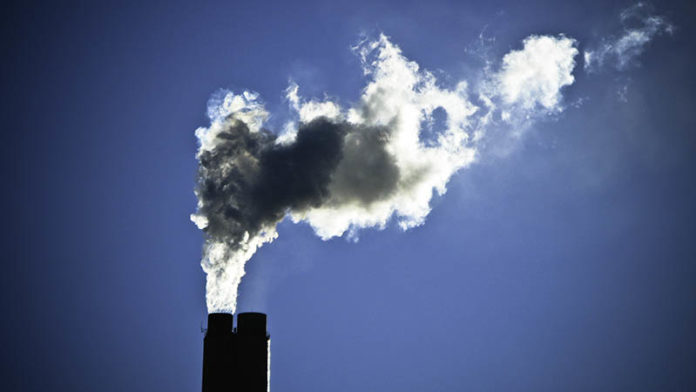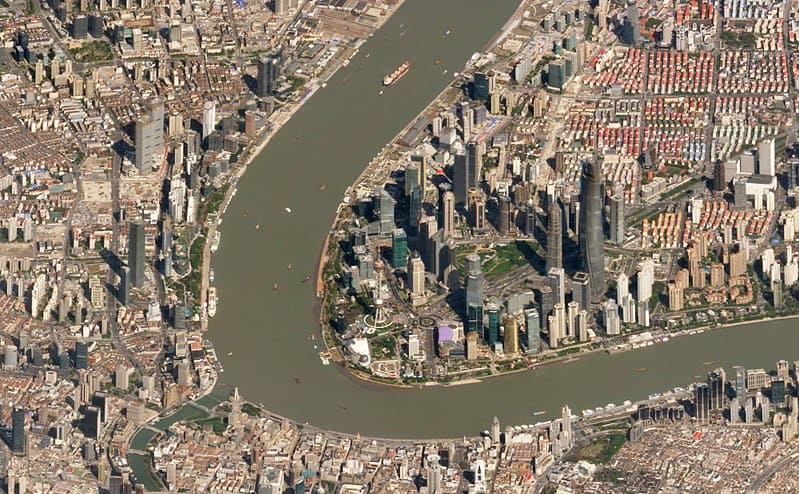The Chinese central bank has released the results of its climate risk stress tests of leading commercial banks in China.
During the period from August to November 2021 the People’s Bank of China (PBOC) conducted climate change stress testing of the potential impacts of China’s emissions reductions targets upon the banking system.
23 major nationwide banks took part in the tests, include two development/ policy banks, six large-scale commercial banks, 12 joint-stock commercial banks and 3 municipal commercial banks.
The testing looked in particular at the impact of an increase in emission costs upon the repayments capability of enterprises in high-carbon industries including energy, steel and cement, and the subsequent impact upon the asset quality and capital adequacy levels of banks.
PBOC said that all 23 participants in the stress tests satisfied regulatory requirements with regard to capital adequacy ratios, because lending to the energy, steel and cement sectors does not comprise a high percentage of their total loans.
As of the end of 2020, banks participating in the testing had a provisions coverage ratio of 222.56% and a capital adequacy ratio of 14.89%.
Under the light pressure scenario outlined by the tests their capital adequacy ratio would fall to 14.57% by 2030, while under the severe pressure scenario it would decline to 14.27%.
In 2020 Beijing set the emissions reductions targets of China achieving peak carbon by 2030, and carbon neutrality by 2060.




